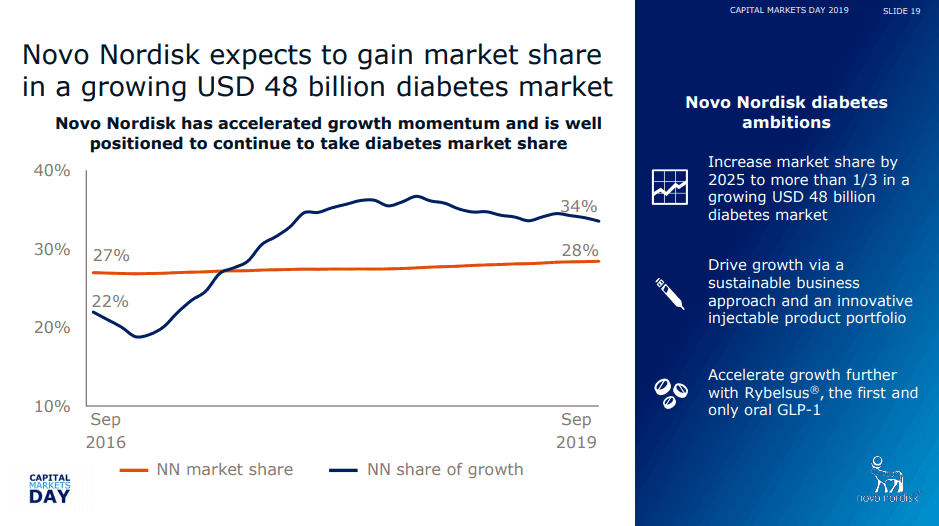HP To Cut About 4,000 to 6,000 Jobs, Accelerates AI Push
HP Inc. said it will eliminate roughly 4,000 to 6,000 positions globally by the end of fiscal 2028 as part of a broad effort to embed artificial intelligence across product development, operations and customer support, a move that will affect about 10 percent of its workforce. The company projected roughly $1 billion in gross run rate savings over three years, but flagged chip price pressures and delivered fiscal 2026 guidance that was below some analyst expectations, prompting a dip in after hours trading.

HP Inc. announced on November 25 that it would cut approximately 4,000 to 6,000 jobs worldwide by the close of fiscal 2028 as the computer maker reoriented its business around artificial intelligence. The reductions amount to about 10 percent of the companys workforce and follow earlier cuts this year of 1,000 to 2,000 roles as HP pursues automation and efficiency gains across engineering, supply chain operations and customer support.
The company framed the program as a strategic shift rather than a short term cost saving exercise. Chief Executive Enrique Lores told investors the initiative is designed to generate roughly $1 billion in gross run rate savings over three years as HP reallocates resources into AI enabled products and services. Management also cautioned that demand for AI enabled personal computers remains strong even as it warned of memory chip price pressures stemming from growing data center demand.
Investors reacted negatively to the guidance around fiscal 2026 and the planned cuts, sending HP shares lower in after hours trading following the announcement. The guidance fell short of some analyst expectations, a reminder that heavy upfront investments and near term revenue assumptions for next generation products can unsettle buyers even when firms outline longer term efficiency gains.
The workforce reduction underscores a broader industry pattern as established technology companies reorganize to capture the productivity potential of generative AI and related systems. For HP, the move aims to accelerate product development cycles for AI enabled devices, streamline support operations through automation and shift human capital toward higher value tasks. It also amplifies questions about transitional costs for workers, the timing of when savings will appear on the profit and loss statement, and the ripple effects across suppliers and local economies where large HP facilities operate.

HPs warning about memory chip price pressures highlights a parallel supply side challenge. Data center expansion and AI training workloads have driven strong demand for high bandwidth memory and accelerators, tightening supply and lifting prices. For PC manufacturers that rely on the same components, such input cost pressures can compress margins even as unit demand shifts toward more capable, and typically more expensive, machines.
Policy makers and labor markets will watch how HP manages the transition. The company did not disclose regional breakdowns of the cuts or details on severance and retraining programs in its announcement. Economists note that while corporate restructuring tied to automation can boost productivity and shareholder returns over time, it also raises near term displacement risks that typically fall on workers and communities unless offset by retraining initiatives and supportive labor policies.
HPs plan is a significant bet on AI reshaping both the companys product roadmap and cost structure. The success of that bet will depend on how quickly the company can translate its investments into differentiated products and sustainable profits while managing the immediate financial and social costs of a substantial workforce reduction.


